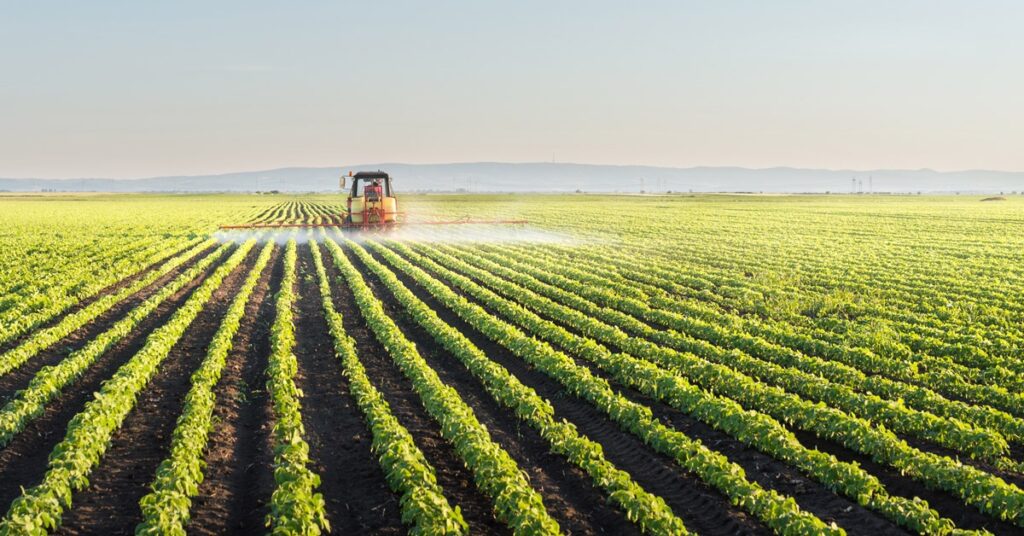
India, a country heavily reliant on agriculture, faces numerous challenges in ensuring consistent and efficient crop production. One of the most significant issues is the scarcity of water, particularly during the dry seasons. With unpredictable monsoons and the depletion of groundwater levels, farmers often struggle to provide their crops with adequate irrigation. A solution that is gaining traction is the implementation of water storage systems. These systems can significantly enhance agricultural productivity by ensuring a steady supply of water, especially during droughts or dry spells.
The Importance of Water Storage in Agriculture
Water is the lifeblood of agriculture. Crops require a consistent and sufficient amount of water throughout their growth stages to thrive. However, in India, where a large portion of agriculture depends on rainfall, the uneven distribution of rainfall across different regions complicates water availability for crops. Traditional irrigation systems such as canals or tube wells are often not enough to meet the rising demand, especially during periods of low rainfall. This is where water storage systems come into play.
Water storage systems, whether in the form of dams, ponds, or rainwater harvesting units, can store water during times of surplus and release it when the crops need it most. By capturing and conserving rainwater, farmers can ensure that their crops are irrigated consistently, even during the lean months. This helps in stabilizing crop production and improving yields.
Types of Water Storage Systems
There are several types of water storage systems that can benefit Indian agriculture, each suitable for different farming conditions and regional needs.
Rainwater Harvesting: In areas where rainfall is abundant but seasonal, farmers can harvest rainwater and store it for later use. By constructing rooftop collection systems or small ponds to capture rainwater, farmers can store water for dry spells. This method is particularly effective in regions with low groundwater levels or where surface water is scarce.1
Ponds and Reservoirs: Small-scale ponds or larger reservoirs can be created to store water from rivers, lakes, or rainfall. These water bodies can serve as a reliable source of irrigation throughout the year, especially for crops that require significant amounts of water, such as rice or sugarcane. Such systems are common in states like Punjab, Uttar Pradesh, and Tamil Nadu.
Check Dams: A check dam is a small, temporary dam built across streams or rivers to restrict the flow of water, allowing it 1to be stored in nearby ponds or tanks. This water can then be used for irrigation during periods of water scarcity. These structures are becoming increasingly popular in arid and semi-arid regions like Rajasthan.
Water Storage Tanks: For individual farmers or small-scale agricultural units, water storage tanks are an affordable and scalable solution. These tanks can store water in areas where surface water or groundwater is difficult to access, providing a controlled, steady supply of water for irrigation.
Impact on Crop Yields
The introduction of effective water storage systems has proven to increase crop yields significantly. By ensuring a consistent water supply, farmers can reduce their reliance on unpredictable monsoon rains, which can be erratic and inadequate in some years.
In regions where water storage systems are in place, crop production becomes more predictable. Farmers can maintain a steady flow of water to their crops during critical growth stages, such as flowering and fruiting, where water stress can lead to crop failure. Moreover, water storage systems allow farmers to diversify their crop choices, even growing water-intensive crops in areas previously unsuitable for them.
Conclusion
Water storage systems hold immense potential in boosting Indian crop yields. By harnessing and storing water during times of abundance, these systems can ensure that crops receive the necessary irrigation throughout the year. With the growing uncertainty of rainfall patterns and the challenges posed by climate change, the adoption of efficient water storage systems is crucial for sustainable agricultural development in India. They not only help improve productivity but also make farming more resilient to environmental changes, contributing to food security and economic growth.


